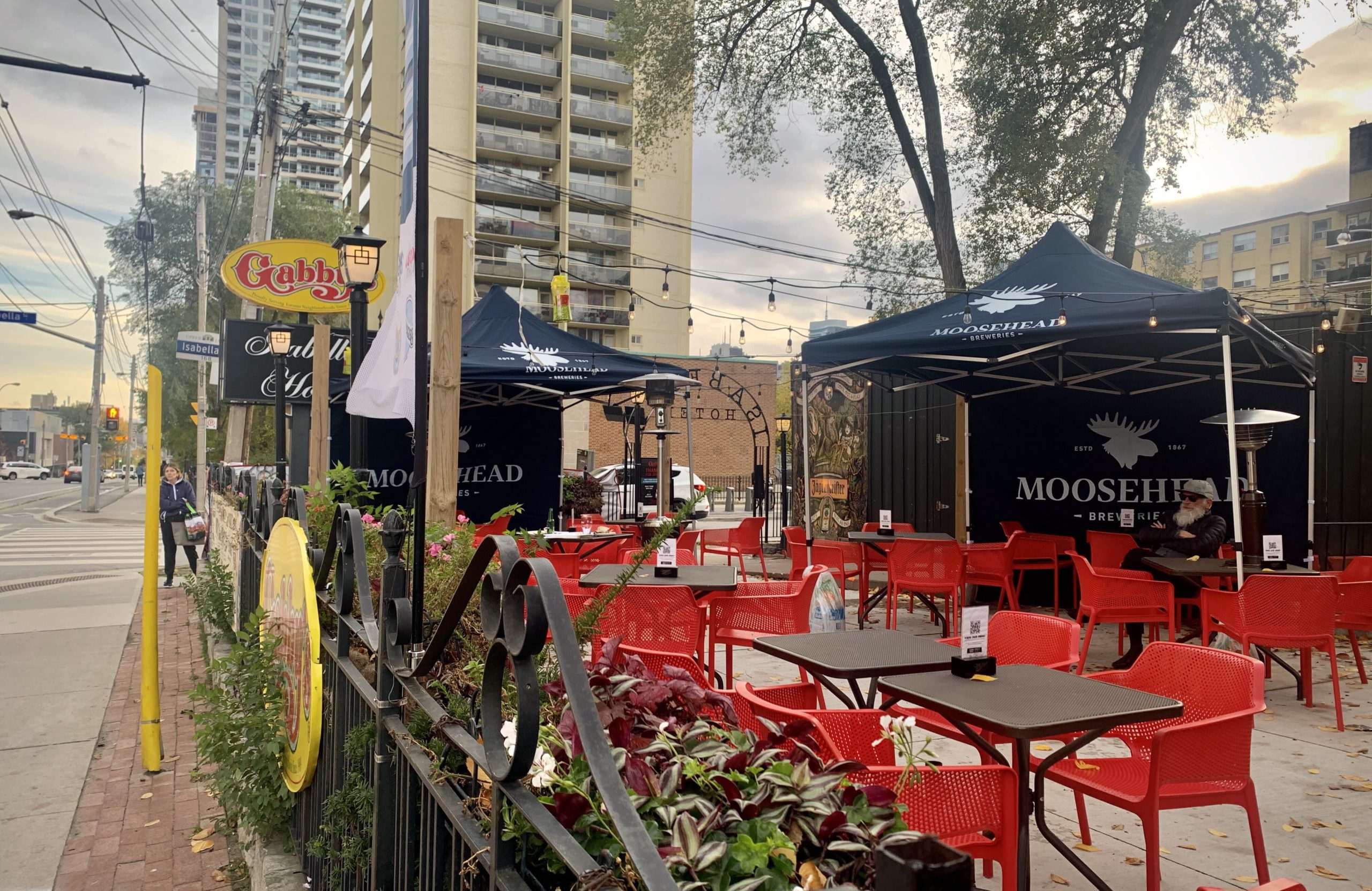On Friday, October 16, the provincial government announced that York Region would also be entering modified Stage Two restrictions for 28 days as of Monday at 12:01 a.m. Gyms, movie theatres, and indoor dining had already been ordered to close in Toronto, Ottawa, and Peel on October 10. New capacity limits were also announced, including a cap on social gatherings and organized public events of 10 people indoors and 25 people outdoors.
Ontario’s Minister of Health Christine Elliot admitted the decision to revert York Region into a modified Stage Two was a “very difficult decision to make” but that they were seeing an “alarming upward trend” of case numbers in the region. Elliot added that they were looking at Halton Region to see if trends there indicate a need to join Toronto, York, Peel, and Ottawa.
When asked why the changes for York Region did not go into effect immediately like the changes for Toronto, Peel, and Ottawa did, Premier Doug Ford stated that the government wanted to ensure that affected restaurants had ample time to rid their now surplus inventory.
“We got to be fair,” said Ford, “when they put down the hammer tomorrow and everyone’s stuck with food, probably millions and millions of dollars of inventory in their freezers and fridges. So the health table is trying to balance it and they got a very difficult job.”
He further elaborated that they had asked cabinet to give these restaurants “a couple days to get rid of their food. That’s food to them, that’s money.”
On Thursday, Ford said that York Region’s recent surge was “concerning” and that they’re “keeping a very close eye.” This was in response to critics wondering why York Region had not been moved to a modified Stage Two sooner despite the recent record-breaking numbers that surpassed Ottawa’s.
“You really don’t want to do anything at a provincial level at this point. You do need intervention, but it should be more tailored to the level of risk in the public health units that we’re looking at.”
Dr. Adalsteinn Brown, dean of the Dalla Lana School of Public Health at the University of Toronto, explained during an October 9 press conference that the level and rate of increase in case numbers is not universal across the province, and thus reverting the entire province back to a modified Stage Two would be unnecessary.
“In the three or four public health units that have the highest rate of growth, you can see a very steep trajectory of all these indicators,” Brown explained. “What this tells us is that you really don’t want to do anything at a provincial level at this point. You do need intervention, but it should be more tailored to the level of risk in the public health units that we’re looking at.”
Brown added that a “significant number” of COVID-19 outbreaks in community and workplace settings in Toronto stemmed from “dining, bars, and entertainment.”
Some have raised concerns about people residing in hotspot regions travelling to neighbouring regions to conduct their business and increasing spread in those regions.
Two popular fitness chains in Ontario, LA Fitness and Goodlife Fitness, have already frozen memberships of those residing in Toronto, Peel, and Ottawa. This came after locations in neighbouring regions began to fill up due to residents from the hotspot areas travelling to use their gyms.
During a press conference held on Thursday, Elliot urged residents from hotspot regions not to travel to neighbouring regions which can cause “community transmission” in those regions: “We’ll take action if we need to, but as the premier indicated, please stay within your own region, please workout at home, please obey the rules and regulations affecting your home region so that we don’t end up with problems in other regions in Ontario.”
As of October 21, Ontario reports 790 new cases of COVID-19 and nine new deaths with Toronto remaining as the virus hotspot.


